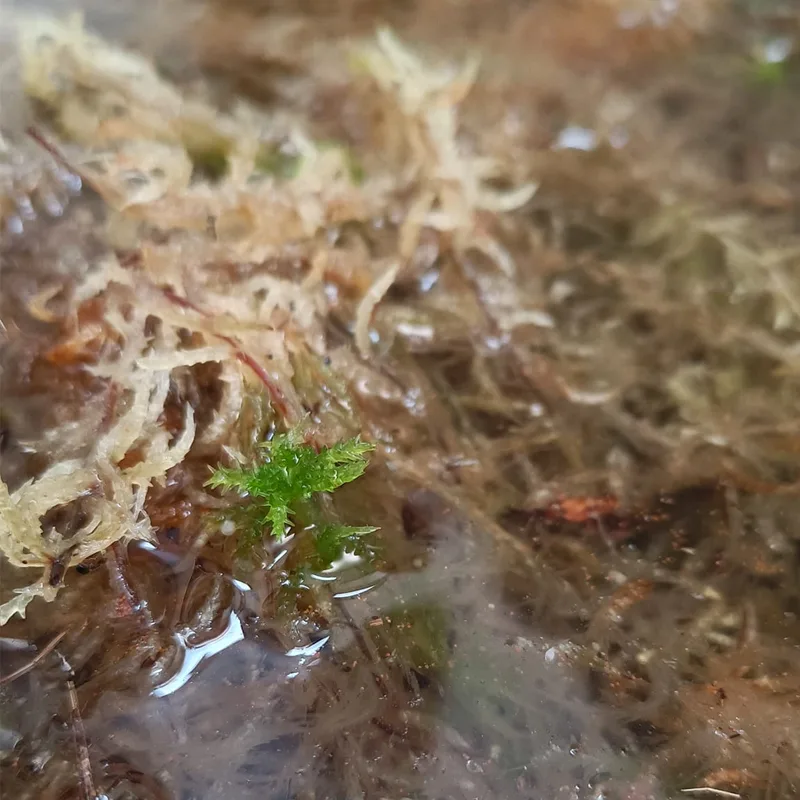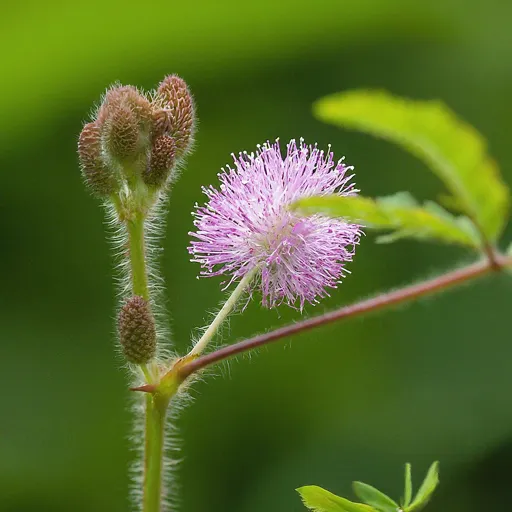
What is Radermachera Sinica?
Radermachera Sinica, commonly known as the China Doll plant, is a popular choice for indoor gardening enthusiasts. Native to Taiwan and parts of China, this evergreen shrub or small tree is renowned for its attractive, glossy leaves and elegant appearance. It’s often chosen for its ability to thrive indoors and add a touch of lush greenery to any space.
17 Species in Genus Radermachera
Why Do They Call Radermachera Sinica China Doll?
The nickname “China Doll” reflects the plant’s delicate and refined appearance, reminiscent of the porcelain dolls often associated with East Asian art. Its small, glossy leaves and neat, compact growth habit contribute to this elegant image. The name also highlights its origin, which ties back to its native regions in China and Taiwan.
How to Care for Radermachera Sinica?
Caring for Radermachera Sinica requires a bit of attention but is generally straightforward. Here’s how I manage my own China Doll plant:
Light
Radermachera Sinica thrives in bright, indirect light. While it can tolerate some direct sunlight, too much can scorch its leaves. I place mine near a window with filtered light, ensuring it gets enough brightness without being exposed to harsh rays.
Watering
I water my China Doll plant when the top inch of soil feels dry. Overwatering can lead to root rot, so it’s essential to let the soil dry out slightly between waterings. In winter, I reduce watering frequency since the plant’s growth slows down.
Soil
A well-draining potting mix is crucial for Radermachera Sinica. I use a standard indoor plant mix with added perlite or sand to improve drainage. This helps prevent waterlogged soil, which can be detrimental to the plant’s health.
Temperature and Humidity
Radermachera Sinica prefers temperatures between 65-75°F (18-24°C) and appreciates higher humidity levels. I keep mine in a room with moderate humidity and occasionally mist the leaves or use a humidifier during dry periods.
Fertilization
During the growing season (spring and summer), I feed my China Doll plant with a balanced, water-soluble fertilizer every 4-6 weeks. This helps promote healthy growth and lush foliage. In winter, I reduce fertilization or skip it entirely.
How to Grow Radermachera Sinica from a Cutting?
Growing Radermachera Sinica from a cutting can be a rewarding process. Here’s a step-by-step guide based on my experience:
- Select a Healthy Cutting: Choose a healthy, non-flowering stem about 4-6 inches long. Ensure it has at least two sets of leaves.
- Prepare the Cutting: Remove the lower leaves, leaving a few sets at the top. Dip the cut end in rooting hormone to encourage root development.
- Plant the Cutting: Plant the cutting in a pot with a well-draining potting mix. I use a mix of peat and perlite to ensure good drainage.
- Provide the Right Conditions: Keep the cutting in a warm, humid environment with bright, indirect light. I use a plastic cover or a propagation box to maintain humidity.
- Transplant: Once the cutting has developed a strong root system, usually in 4-6 weeks, I transplant it into a larger pot or its final location.
Can You Grow Radermachera Sinica Indoors?
Yes, Radermachera Sinica is an excellent choice for indoor gardening. It adapts well to indoor environments, making it a popular houseplant. I’ve had great success growing mine indoors, where it thrives with the right light and care.
Is Radermachera Sinica Toxic?
Radermachera Sinica is not considered toxic to humans or pets. However, it’s always a good idea to keep all plants out of reach of pets and small children, as some plants can cause mild digestive upset if ingested.
What to Plant with Radermachera Sinica?
Radermachera Sinica pairs well with other low-maintenance indoor plants. I’ve found that it complements plants like Peace Lilies, ZZ Plants, and Snake Plants. These companions thrive in similar conditions and create a lush, balanced indoor garden.
Common Problems and Solutions
Here are some common issues I’ve encountered with Radermachera Sinica and how to address them:
- Yellowing Leaves: Often a sign of overwatering or poor drainage. I ensure the soil dries out between waterings and use a well-draining mix.
- Leaf Drop: Can occur due to sudden changes in temperature or humidity. I maintain consistent environmental conditions to prevent this.
- Pest Issues: Occasionally, I’ve dealt with spider mites or aphids. Regularly inspecting the plant and using insecticidal soap helps keep pests at bay.
Compare with Similar Plants
Radermachera Sinica is sometimes confused with other houseplants like Ficus Benjamina or Schefflera. Unlike Ficus Benjamina, which has more pronounced leaf drop and requires more precise care, Radermachera Sinica is more forgiving and easier to manage. Schefflera, another similar plant, shares the glossy leaf characteristic but has a more bushy growth habit compared to the more upright Radermachera Sinica.
In summary, Radermachera Sinica, or China Doll, is a beautiful and manageable plant that can add a touch of elegance to any indoor space. With the right care, propagation techniques, and understanding of its needs, it can thrive and remain a delightful addition to your plant collection.
If i die, water my plants!



